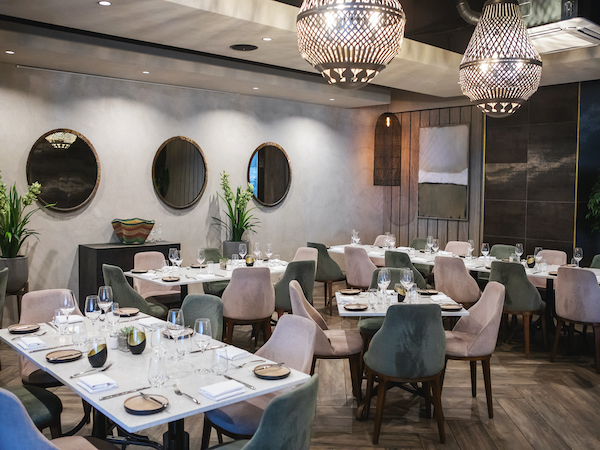News
Hidden wine gems go under the hammer
Friday, July 29th, 2011
Each fine wine has a story to tell. Where it comes from, the characters who made it and the years it has spent maturing in a dark cellar.
Some of the most fascinating tales behind South African wine will be told at the upcoming Nederburg Auction, when more than 160 of the country’s oldest and rarest wines will go under the hammer. Buyers from all over the world will compete to buy SA’s finest wines – the oldest of them a 1930 red Muscadel Jerepigo, which has lived through a world war and the advent of democracy.
I was lucky enough to be invited to a tasting of a small selection of these wines, which gave a tantalising hint of the main event on September 16 and 17 at Nederburg in Paarl. Only around half of the wines submitted to the judging panel are accepted for the auction, which is seen as a good barometer of the changing quality of local wines and their ageing capability.
The auction is now in its 37th year, after being launched in 1975 with a humble offering of 15 wines. That has grown to 159 wines (4 203 cases) from 69 cellars in 2011, with the average price per case rising from R19.21 in 1975 to R1 505 for 12 bottles in 2010. Despite the recessio,n prices hit a high note last year with overall income jumping to nearly R6 million.
This year’s auction will see the introduction of a private collection category, a sale of 14 special old vintages. Highlights include the 1974 Rustenberg Cabernet Sauvignon, the last and probably best vintage made by the winery’s former owner Reg Merriman Nicholson, and a case of four magnums of Graham Beck MCC 1994 – specially bottled for Nelson Mandela’s inauguration at President. The charity collection includes the 2000 to 2009 vintages of Eben Sadie’s renowned Columella, as well as two bottles of legendary sweet wines, Tokaji Eszencia 2000 from Hungary and a Château d’Yquem 1986 from Sauternes in Bordeaux.
Auctioneer and Master of Wine Anthony Barne, from Bonhams in London, tasted the entire line-up and says it accurately reflects the quality of South Africa’s top wines. ‘I was most impressed by both the reds and the whites to be offered,’ he says. ‘The quality of fruit in the wines is of a very high order and from there it comes down to individual winemaking styles. Some of these – the Cabernet and Bordeaux blends in particular – reflect the philosophy of the early 1990s when rich tannins, deep colours and oak flavours were the order of the day.’ Here are five of my favourite wines from the line-up of 17 at the pre-tasting:
- ? Diemersdal Eight Rows Sauvignon Blanc 2009 (reserve price R540, six bottles) Only 5 000 bottles of this unfiltered wine were made by the Durbanville producer. A characterful, unusual wine with intense flavours of minerality, pear and lemon. High acidity with a savoury, yeasty character and a long finish.
- Zonnebloem Pinotage 1998 (reserve R750, 12 bottles) Really perfumed nose that owes much to the Pinot Noir lineage of Pinotage. Notes of truffle, strawberries, new leather. Light, zesty, feminine, delicious.
- Nederburg Private Bin R163 Cabernet Sauvignon 2001 (reserve R1 200, 12 bottles) A concentrated and intense wine with notes of juicy berry fruit, heather, chocolate, walnuts and sweet spice. Firm tannins.
- Plaisir de Merle Cabernet Sauvignon 2001 (reserve R750, six bottles) A minty, tea-tree oil, herbal nose. Soft and elegant in the mouth with notes of freshly brewed tea, cassis and raspberries. Supple and soothing.
- ? Nederburg Private Bin Eminence 2005 (reserve R850, 12 bottles) This dessert wine, made of Muscat grapes, shows peach, grapefruit rind, tangerine, and cough syrup on the nose. It’s surprisingly refreshing and has a lovely salty caramel note.
By Claire Hu








